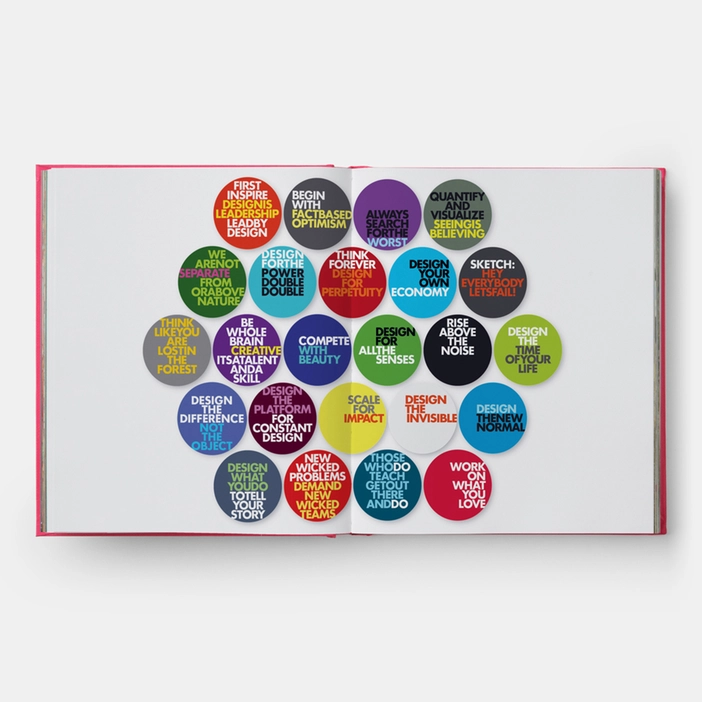Raison d'être
Defining the teams reason for being
Philip Double
Haitham Shahin
What Is Raison d'être?
This norming and forming practice is run as teams form or embark upon new directions because it is important that they understand their reason for coming together, their team's reason for being. This exercise helps to define a manifesto for the team so that everyone on the team agrees upon and has crystal clarity on their purpose moving forward as well as being a guide-post reminder as to that purpose during times of pressure or as that clarity becomes muffled.
Why Do Raison d'être?
We perform this practice to ensure that all members of the team have crystal clarity on the purpose of the team and that they are rowing in rhythm and in the same direction. This is how we begin to form that cross-functional, product-focused team instead of individuals seeing themselves as just representing their portion of software delivery (i.e. backend, frontend, qa, etc.). This breaks down silos and makes people think of their role from the point of view of the functionality that they are creating instead of the discipline or skill-set which they represent on the team. This is also an example of allowing teams to self-organize and come to conclusions organically instead of from a top down approach.
How to do Raison d'être?
We bring the entire cross-functional team together to run this practice. It requires the team, a pen and each person to have a sheet of notebook paper plus one extra sheet.
Steps
-
Ask the team "What is the purpose of this team? Why were we brought together? What is our reason for being?"
-
Give them 3 minutes to write a paragraph answering this. (Don't do this on post-its or post in common area - we want each person to answer independently without seeing others' responses).
-
Have each member of the team read their answer aloud, to the team. No debate or discussion at this point.
What we often see here - especially on new cross-functional teams where the members are coming from silos - is that they tend to skew the team's reason for being more toward their discipline than the team's functionality output.
-
Again, ask the same question from step 1.
-
Provide 3 more minutes and have the team to turn their sheet over and again write their paragraph.
-
Take the one extra sheet of notebook paper and have the team then come together around a table and craft a single unified statement for their reason for being.
-
Transfer the finalized 'manifesto' to a larger format - a poster or large piece of paper which can be hung in a central location in the team's work area as a regular reminder.
Look at Raison d'être
Links we love
Check out these great links which can help you dive a little deeper into running the Raison d'être practice with your team, customers or stakeholders.
